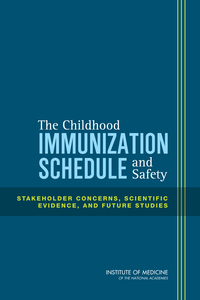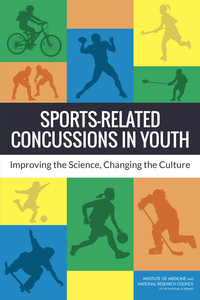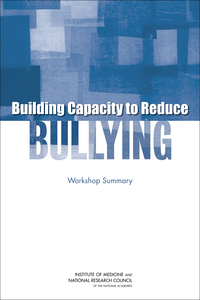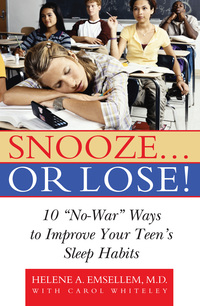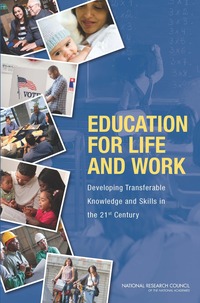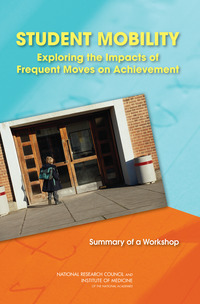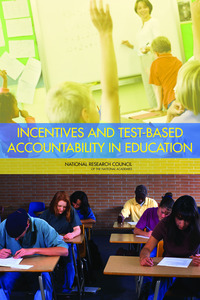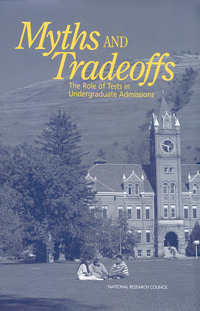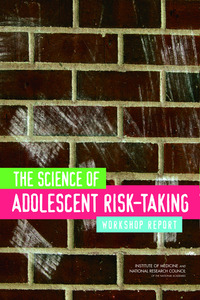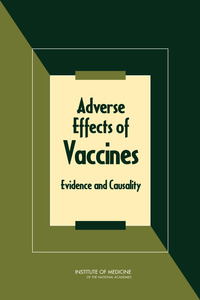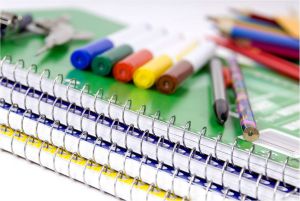
Credit: Norman Public School.
Vaccines are among the most safe and effective public health interventions to prevent serious disease and death. Because of the success of vaccines, most Americans today have no firsthand experience with such devastating illnesses as polio or …
In the past decade, few subjects at the intersection of medicine and sports have generated as much public interest as sports-related concussions – especially among youth. Despite growing awareness of sports-related concussions and campaigns to …
Bullying – long tolerated as just a part of growing up – finally has been recognized as a substantial and preventable health problem. Bullying is associated with anxiety, depression, poor school performance, and future delinquent behavior among …
Walk into any first-period high school classroom and it’s obvious: teenagers are exhausted. Sleep deprivation is an epidemic as widespread as obesity and just as damaging. Fortunately, science has answers and Dr. Helene Emsellem has solutions …
Americans have long recognized that investments in public education contribute to the common good, enhancing national prosperity and supporting stable families, neighborhoods, and communities. Education is even more critical today, in the face of …
Many low-income families struggle with stable housing and frequently have to move due to foreclosures, rent increases, or other financial setbacks. Children in these families can experience lasting negative effects, especially those who are young …
In recent years there have been increasing efforts to use accountability systems based on large-scale tests of students as a mechanism for improving student achievement. The federal No Child Left Behind Act (NCLB) is a prominent example of such …
More than 8 million students enrolled in 4-year, degree-granting postsecondary institutions in the United States in 1996. The multifaceted system through which these students applied to and were selected by the approximately 2,240 institutions in …
Adolescence is a time when youth make decisions, both good and bad, that have consequences for the rest of their lives. Some of these decisions put them at risk of lifelong health problems, injury, or death. The Institute of Medicine held three …
In 1900, for every 1,000 babies born in the United States, 100 would die before their first birthday, often due to infectious diseases. Today, vaccines exist for many viral and bacterial diseases. The National Childhood Vaccine Injury Act, passed …
